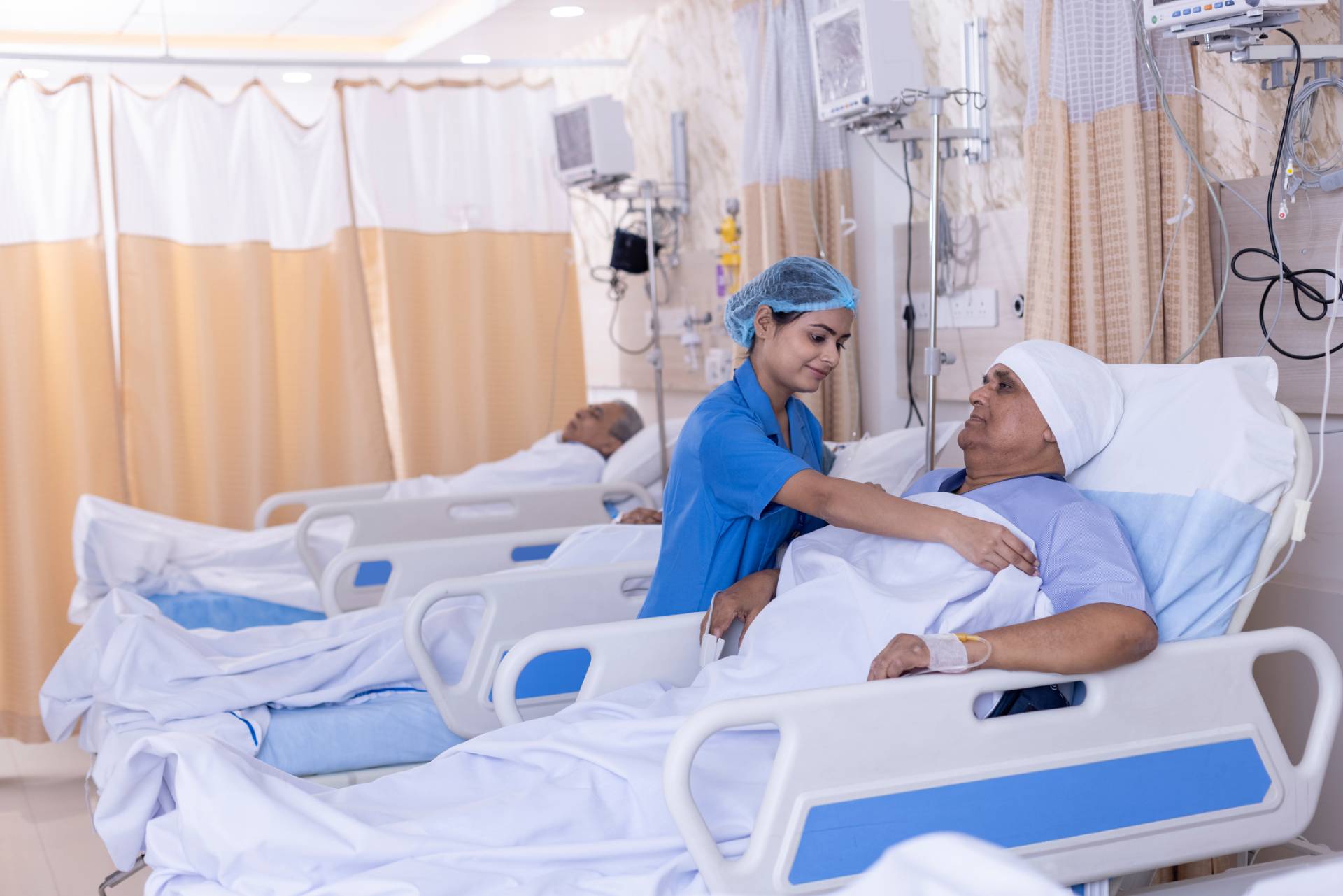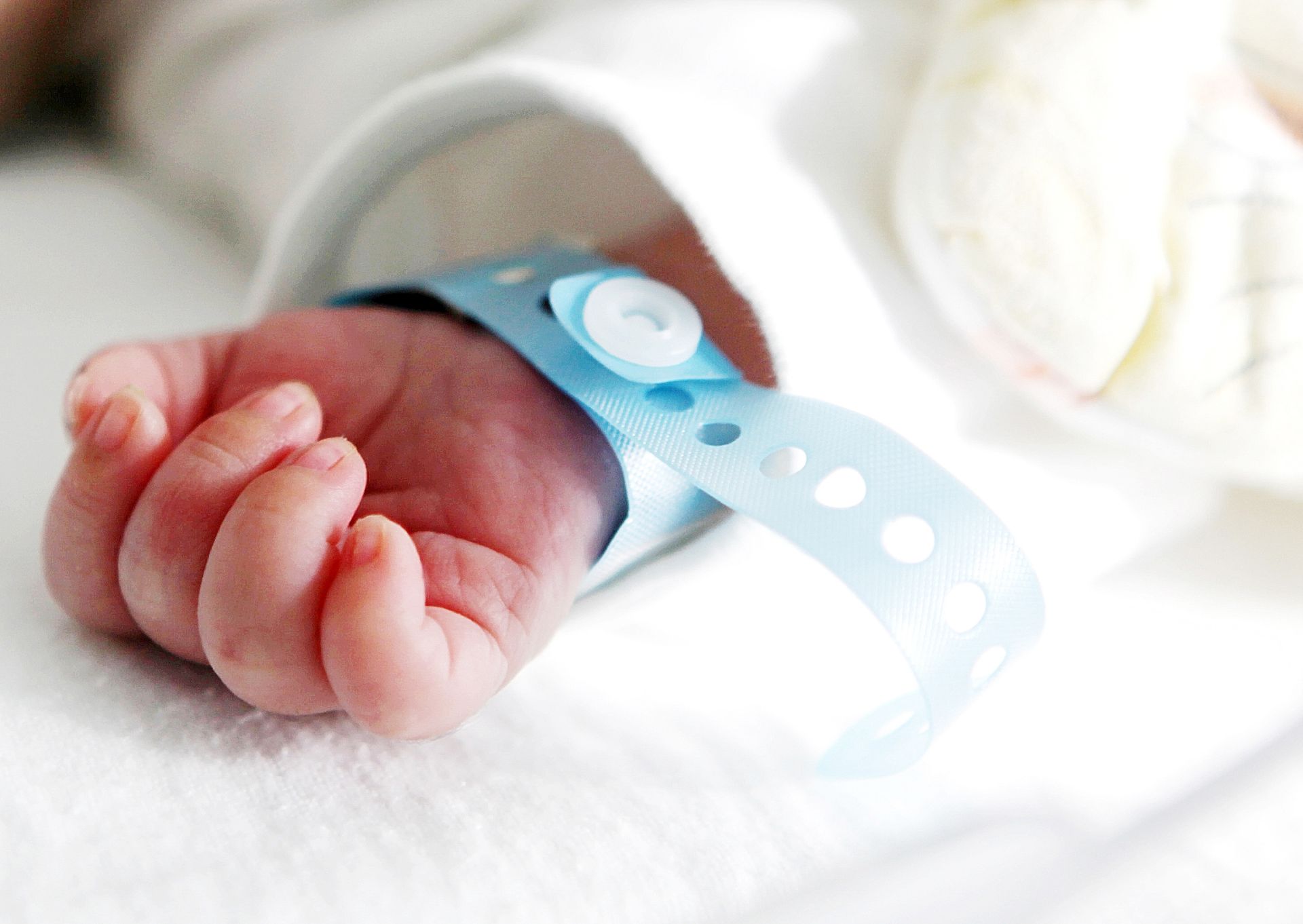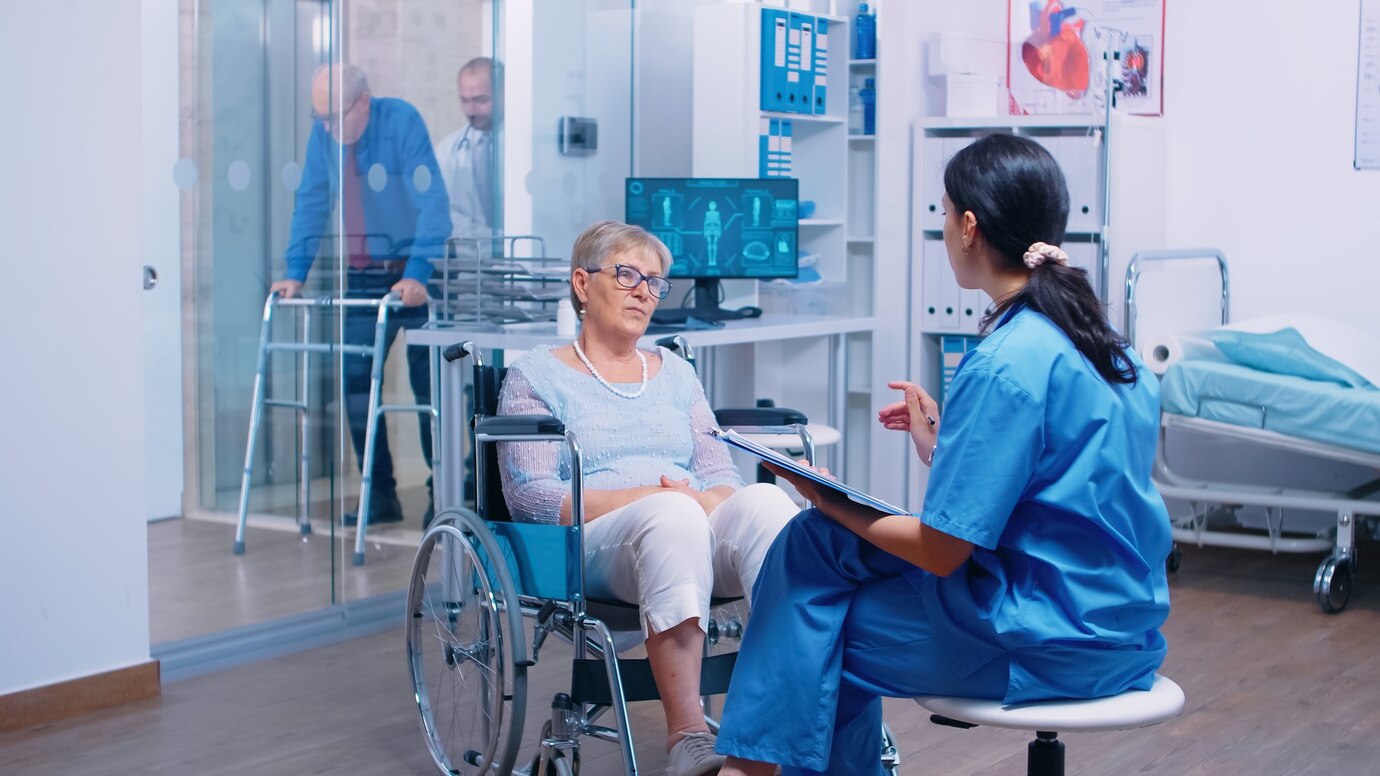
Falls in hospitals and nursing homes
Falls are a prevalent safety concern and a leading cause of injuries involving patients and long-term care residents. It leads to injuries, longer length of hospital stays, post-fall anxiety and financial burdens. According to JCI Sentinel Event database, inpatient falls with serious injuries accounted for 42% of total sentinel events reported in hospitals in 2022.
Given that inpatient fall is a major safety risk, how do you manage and prevent fall incidents? Do you develop fall prevention strategies and improvement initiatives based on trends and analysis on patient fall incident reports?
In this article, you will learn about how healthcare incident reporting software is an essential tool for preventing falls and enhancing patient/resident safety.
Table of Contents
The role of incident reporting in preventing patient falls
Incident reporting system plays a crucial role in preventing patient falls. It is the primary channel for the reporting, data gathering, investigation, analysis, and mitigation of fall-related incidents. A clear reporting policy/procedure on fall incidents will provide guidance to your staff and ensure consistency in reporting across your organisation.
Digitalisation of the incident management process will automate workflow and facilitate data gathering and aggregation. It will enable a structured and data-driven approach to identifying risks, contributing factors and trends in fall incidents and fall-related injuries. Insights from data analysis and RCA are essential in developing tailored strategies to prevent patient/resident falls.
A comprehensive incident reporting system contributes to patient/resident fall prevention in several important ways:
- Early detection and immediate response
Incident reporting system enables your staff to promptly report any actual fall incidents and near misses. Reporting of near misses provides early detection of risks and hazards. Preventive actions can be taken before they lead to actual falls. For actual fall incidents, staff should immediately deal with the patient’s safety and wellbeing and assess the severity of the fall. Remove any hazards or obstacles to ensure the area where the fall occurred is safe.
- Data collection and analysis
Having standardised patient fall incident forms is essential for gathering and documenting all relevant information and possible contributing factors. Consider factors such as age, medical conditions, medications, previous falls, mobility, and cognitive impairment. A well-designed and easy to use incident reporting system will facilitate the gathering of complete data for further investigation and analysis to identify patterns, trends and risk factors contributing to the fall.
- Root cause analysis
Investigation and RCA are critical aspects of incident management. Incident reporting system facilitates in-depth investigations into the root causes of patient falls by the investigation team. Various analysis methods such as 5 Whys, Fishbone and FMEA can be applied, as appropriate. RCA enables you to better understand why falls happen and develop targeted strategies to prevent future incidents.
- Continuous improvement
Detailed records of fall, near misses, interventions, and root causes identified in incident reporting systems can be used to drive quality improvement initiatives. You can implement fall prevention strategies such as improving patient fall risk assessment, developing individualised care plans, enhancing staff training, and conducting regular physical environment checks.
- Enhanced communication
Incident reporting system provides a communication and collaboration platform for all stakeholders to share information about the falls. As the process of managing fall incidents can be complex involving many stakeholders, having a communication platform can lead to active participation and efficiency gains.
- Compliance with regulations
You may be required to report fall-related injuries and sentinel events to regulatory agencies. Having an incident reporting system in place will enable you monitor externally reportable fall incidents closely to ensure compliance with reporting requirements.
Usual challenges in patient fall reporting
However, healthcare providers are facing a number of challenges associated with patient fall incident reporting. The most common are:
- Underreporting – Healthcare employees may underreport patient falls due to fear of blame or repercussions. This can lead to inaccurate data and loss of opportunities to identify risks and system weaknesses, hindering efforts to improve fall prevention measures.
- Incomplete information – A widespread problem in fall incident reports is incomplete details about the circumstances surrounding the fall, such as the patient’s condition, the environment, and contributing factors. This problem of incomplete and inconsistent data collection can arise due to the lack of standardised forms and procedures in fall incident reporting.
- Inadequate trending and analysis – Paper-based incident reporting systems typically face this problem, as manually enter data into excel sheets are prone to errors and hinders trending and analysis.
- Lack of follow-up actions – This is one of the main reasons cited on RCAs not yielding the desired results or leading to improvements. After the analysis, Quality Management teams should take improvement actions to prevent falls from recurring. If that is not possible, reduce the frequency and severity of fall.
To overcome these challenges, healthcare providers should promote a culture of safety that encourages reporting, establish clear reporting protocols, and ensure that incident reports lead to actionable improvements in fall prevention strategies. The use of technology and digital solutions can help streamline the reporting process, improve data completeness and accuracy, and facilitate trending and data analysis.
Patient fall incident reporting solution
QUASR online incident reporting offers several distinct features to address these challenges. A cloud-based solution, QUASR has a modern and intuitive interface and is mobile-friendly. To further encourage reporting, the solution gives staff the option to report incidents anonymously. Incident notification is sent immediately while the staff is gathering incident details. This allows for prompt response to the reported fall incident.
In QUASR, incident types and incident forms are fully configurable, allowing Quality Management team to capture any required patient fall data in user-friendly stepper form format. Users are guided by pre-configured fall questionnaires with drop-down selections. This helps to ensure data records are accurate, complete, and consistent.
Other key features are risk assessment on fall incidents, investigation, and root cause analysis, aided by digital RCA tools. Contributing factors and sub-factors on fall incidents are captured and aggregated for analysis. The solution offers a suite of innovative features that enable effective communication and collaboration among stakeholders across the organisation.
Finally, the extensive data collected allows for systematic review of fall incidents to identify patterns, trends, and contributing factors related to patient falls. This process is essential for understanding the root causes of falls and implementing individual plans of care and improvements in the organization-wide fall prevention program and overall patient safety.
In conclusion
Fall prevention is a challenging and multifaceted process involving diverse risk factors. At the same time, inpatient falls are also often preventable. Leadership commitment and a multidisciplinary, holistic, and data-driven approach are key to preventing or reducing the frequency and severity of inpatient fall incidents.
Incident reporting system is an essential tool for managing and preventing fall incidents. Usual challenges associated with fall incident reporting are under-reporting, incomplete information, inadequate analysis, and lack of improvement actions.
An effective incident reporting system facilitates the reporting, data collection, investigation and RCA, and follow-up actions on patient fall incidents and near misses. It also helps to build a culture of safety, facilitate open communication, and drive fall prevention and quality improvement initiatives.
Empowering Patient Fall Reporting with QUASR
QUASR is a cloud-based healthcare incident reporting system. It offers features and functionalities that encourage the reporting of patient fall incidents, facilitate collaboration, enable analysis, and track actions. QUASR Patient Fall Form is designed in stepper form format with skip-logic condition, making it user-friendly. Users are guided throughout the form to ensure all relevant data is entered. The form is easily configurable to meet the requirements of specific healthcare settings. Click the link below to download.
To view QUASR Patient Fall Form and the complete incident reporting workflow in the system, click the link below to request a free demo.






